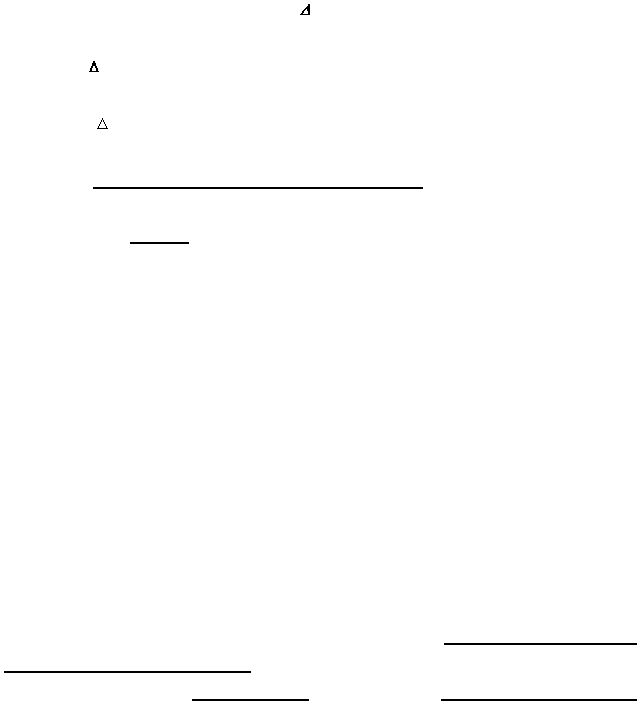
H-6
Begin to titrate the acid sample by carefully adding the NaOH from the buret. Use the entire
mass of sample for this pH titration. Proceed carefully but quickly with the titration until you are
satisfied that you have gone well past the equivalence point and have defined the upper plateau
of the curve properly. (If you initially had difficulty dissolving the acid crystals, make sure that
all the acid is in solution before you reach the equivalence point.)
The following information summarizes the format that should be used for the NaOH additions.
i.
Add ~1 mL of NaOH – Observe the
pH; if it is 0.2 units or greater, then accurately
record the data.
ii.
If the
pH is less than 0.2 units, add another 0.5 to 1 mL of NaOH and record the data.
**NOTE: Do not add more than 1 mL of NaOH without recording the volume and pH.*
iii.
As the
pH gets larger for a smaller volume increment of NaOH, the equivalence point is
being approached.
Use a
ruler to monitor the slope of your titration curve
which indicates the approach to
the equivalence point (the slope will get steeper as the E.P. is approached.).
Add NaOH dropwise through the equivalence point region.
As soon as you have completed this titration, wash the electrode and place it in the storage
buffer solution.
Before doing the other titrations, complete the titration curve to determine the equivalence point,
and select a suitable indicator from the
list of indicators given above (not from your data sheet).
Have you instructor check the indicator that you have chosen to ensure that it is the most
appropriate one.
Check the titration curve to determine the volume of base required to reach the equivalence point.
If less than 15 mL of base was required to reach the equivalence point, the mass of the acid is too
small and larger samples should be used for the other titrations. If acid samples are too small, the
relative error increases; therefore, you should use approximately 15 to 30 mL of base for each
titration.
Continue with the experiment by performing another two or three titrations on additional samples
of your unknown acid, using an indicator to mark the end point. Do not use the pH meter for
these titrations, as it is much too slow.
Remember that the mass of each acid sample must be known to four places after the decimal
using the analytical balance. Add the base quickly until the equivalence point is nearly reached.
